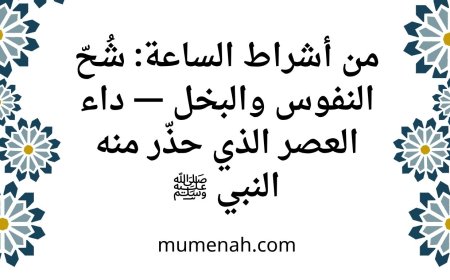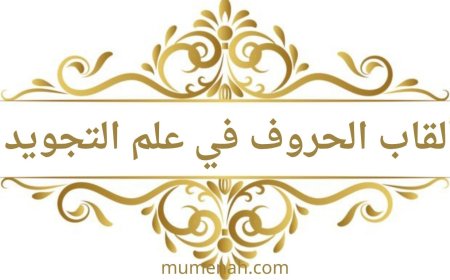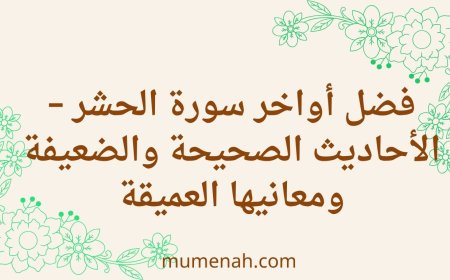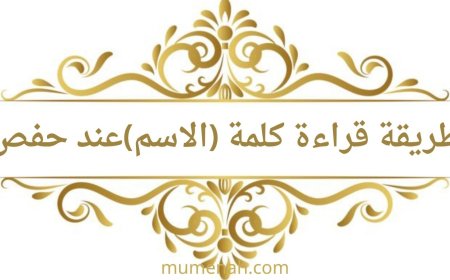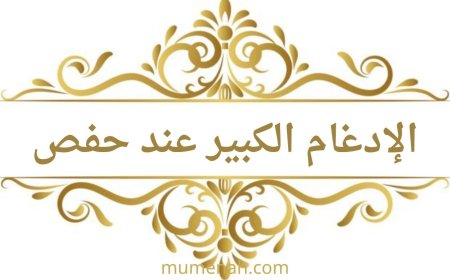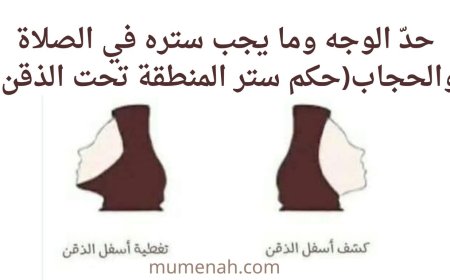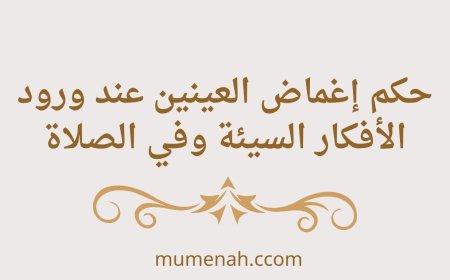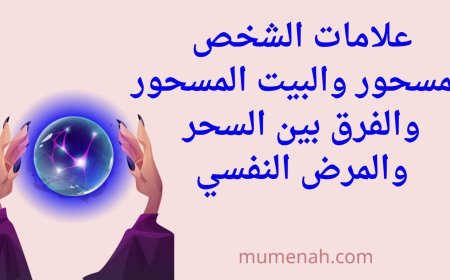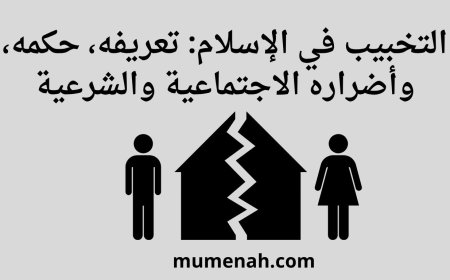Is Breast Lift Surgery Permissible in Islam After Significant Weight Loss?
Is getting a breast lift after significant weight loss permissible in Islam? Discover the Islamically acceptable conditions for corrective surgery, scholars' perspectives, and practical guidelines in this in-depth analysis.

جدول المحتويات
-
Introduction
When a woman loses a substantial amount of weight, it often results in sagging breasts—an issue that can cause psychological distress and impact her self-esteem. In this article, we explore whether undergoing a breast lift (mastopexy) is permissible in Islam, under what conditions, and how Islamic scholars have approached the subject.
-
Understanding Mastopexy
Definition: A breast lift is a surgical procedure designed to restore the natural profile of sagging breasts by removing excess skin and tightening the surrounding tissue.
When it’s needed: It is commonly performed after dramatic weight loss, post-pregnancy changes, or simply as the body ages. -
Islamic Jurisprudence: Two Categories of Cosmetic Surgery
Cosmetic Surgery
Islamic scholars differentiate between:
- Permissible Procedures (Daruuri/Terapevtic): These aim to correct an abnormality, whether congenital or acquired, that causes physical discomfort or emotional distress.
- Forbidden Procedures (Tajmeeli): These are performed for pure aesthetic enhancement, altering Allah’s creation without necessity.
Key teachings:
The Prophet ﷺ warned against those who "change the creation of Allah for the sake of beauty"—meaning alteration without necessity is prohibited. - Permissible Procedures (Daruuri/Terapevtic): These aim to correct an abnormality, whether congenital or acquired, that causes physical discomfort or emotional distress.
-
When a Breast Lift Is Considered Permissible
Permissible
✅ It Involves an Actual Defect or Harm
- Not simply aesthetic improvement, but corrective restoration—undoing an outcome of illness, weight loss, aging, or childbirth.
- The sagging should be noticeable enough to affect mental well-being, confidence, or social harmony.
✅ The Surgery Should Be Safe and Responsible
- Conducted by a qualified surgeon with proven experience in mastopexy.
- Medical assessments must confirm a favorable risk–benefit profile.
✅ Privacy, Gender, and Medical Ethics
- Ideally performed by a female medical professional, and only the necessary area should be exposed.
- The woman’s intention must be sincere: to remedy, not beautify.
- Not simply aesthetic improvement, but corrective restoration—undoing an outcome of illness, weight loss, aging, or childbirth.
-
Opinions of Renowned Islamic Scholars
???? Standing Committee for Scholarly Research and Ifta’ (Saudi Arabia)
They stated that if a surgery is likely to succeed in removing a deformation or defect, and no greater harm is expected, it is permissible to proceed for the sake of benefit.
???? Shaykh Ibn Baz (may Allah have mercy on him)
Declared that reconstructive procedures—those that aim to treat congenital or acquired anomalies—are lawful when carried out by competent medical professionals.
???? Shaykh Ibn Uthaymeen (may Allah have mercy on him)
Compared it to the companion who replaced his nose with a prosthetic. He affirmed that restoring a natural appearance through surgery is permitted when necessary and harmless.
-
Practical Conditions (Fiqh-Guided Checklist)
Condition
Requirement
1. Genuine necessity
The sagging must produce significant psychological or physical distress.
2. Medical approval
A licensed surgeon must confirm it is safe and beneficial.
3. Intention (Niyyah)
Must be corrective—restoring natural anatomy, not beautifying beyond nature.
4. Islamic conduct
Female surgeon is preferred; no unnecessary exposure.
5. Avoid extravagance
No excessive changes—restore, don’t remodel.
-
When Surgery Becomes Problematic
- If it's done purely for beauty, without necessity, it is religiously prohibited.
- If there are serious health risks, then undergoing it becomes haram (forbidden).
- If it becomes obsessional or addictive, it contradicts Islamic call toward acceptance and contentment.
- If it's done purely for beauty, without necessity, it is religiously prohibited.
-
Alternatives to Surgery
- Supportive bras/shapewear: Temporary, non-invasive solutions.
- Counseling or therapy: Especially useful if body image issues are psychological.
- Non-surgical treatments: Like targeted exercises, though results are limited.
If non-surgical options fail and the person still suffers, a breast lift may be considered medically and religiously legitimate.
- Supportive bras/shapewear: Temporary, non-invasive solutions.
-
Conclusion
Islamic jurisprudence supports corrective procedures like breast lifts—if they serve to eliminate real harm or distress, abide by medical ethics, and conform to Islamic guidelines. This balanced approach honors both physical well-being and spiritual integrity.

